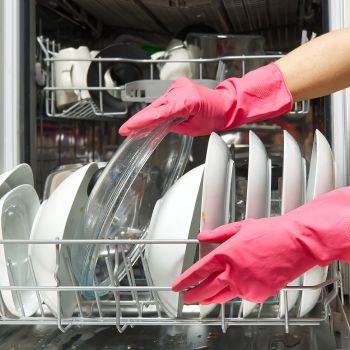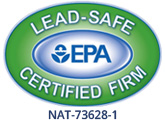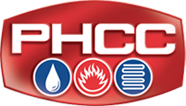10 Water-Saving Tips for Your Home
 Water conservation is essential for the environment and your wallet. Saving water in your home can reduce costs and contribute to sustainability, so future generations continue to have access to clean water. Here are 10 effective strategies to help save this vital resource.
Water conservation is essential for the environment and your wallet. Saving water in your home can reduce costs and contribute to sustainability, so future generations continue to have access to clean water. Here are 10 effective strategies to help save this vital resource.
1. Fix Leaks Promptly
No matter how small, leaks can waste a significant amount of water. A dripping faucet can throw away gallons of water a day, while a running toilet can waste hundreds. Regularly check your plumbing for damage and repair leaks as soon as possible.
2. Install Low-Flow Fixtures
Low-flow fixtures, including showerheads, faucets and toilets are designed to use less water without sacrificing performance. Installation can significantly reduce your water usage.
- Low-Flow Showerheads and Faucets: These fixtures mix air with water to maintain pressure, while using less water.
- Low-Flow Toilets: While a regular toilet uses about 1.6 gallons of water per flush, low-flow toilets use as little as 1.28 gallons per flush.
3. Use the Dishwasher
Using a dishwasher can be more water-efficient than washing dishes by hand. Modern dishwashers are designed to use less water and energy, yet should only be run when full to maximize efficiency. Choose an Energy Star-rated appliance for optimal water savings.
4. Get a Water-Efficient Washing Machine
Washing machines can consume a lot of water but modern, water-efficient models use significantly less.
- Front-Loading Models: These use less water compared to top-loading machines.
- Energy Star-Rated: The Energy Star label signifies water and energy efficiency.
5. Shorten Your Showers
Per the Environmental Protection Agency, the average 8-minute shower uses about 17 gallons of water. Reducing your time spent in the shower can save a considerable amount of water. Aim for under 5 minutes and use a timer to keep track of your shower length.
6. Turn Off the Tap While Brushing
Leaving the tap running while brushing your teeth can waste several gallons of water each time. Brush for two minutes, until you need to rinse. Using a cup for rinsing also saves water.
7. Water Your Garden Wisely
Efficient watering techniques can minimize wastefulness while irrigating your garden. Watering plants in the early morning or late evening can help them retain moisture due to lower evaporation. Installing a drip irrigation system can also ensure water goes directly to the plant roots.
8. Use Mulch in Your Garden
Mulch helps retain moisture in the soil, reducing the need to water frequently. Apply a layer of organic mulch about 2 to 3 inches deep around your plants. Organic mulch uses natural materials like bark, wood chips or straw, which are better at absorbing water.
9. Collect Rainwater
Gathering rainwater is a great method to reduce your reliance on public water for irrigation. Collect and store water from your roof in rain barrels, then use it for your garden and lawn.
10. Upgrade to a Tankless Water Heater
More energy-efficient than traditional water heaters, tankless ones provide hot water on demand, without the need for a storage tank. This eliminates the wait time for hot water, while reducing waste.
By adopting these water-saving tips, you can make a big impact on your household water consumption and promote a more sustainable future. If you need a leak fixed or want to learn more about energy-efficient plumbing solutions, contact M.J. Fahy & Sons today!




